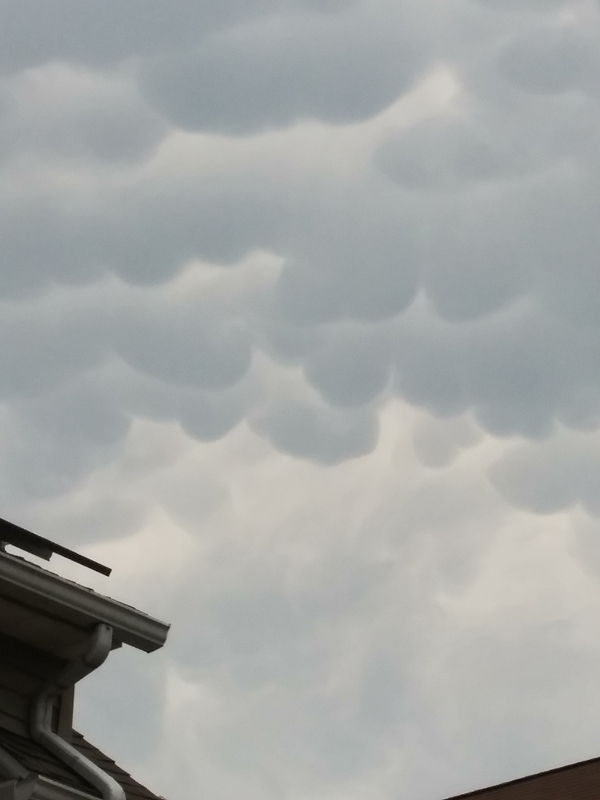Observing Reports
By Michael Amato
Listening to Thunderstorms
One of my favorite types of radio astronomy is to take my multi band radio and put it on a quiet zone of the AM band and measure the thunderstorms that are nearby. Basically, the more static you hear the stronger the storm. Also, the louder the static, the closer the storm is. For me, the intriguing thing I noticed is thunderstorms are continually waxing and waning in strength meaning there can be a lot of static for a short time followed by a low amount of static for a short time. Sometimes as the thunderstorm starts to fall apart, the static will suddenly stop all together. Finally, as a bonus, I can hear the background hiss in which 5% of the hiss is the cosmic background noise from the big bang.
Astronomy from Vieques
Several years ago, I went to Vieques Island which is just off the east coast of Puerto Rico on three different occasions, once each during winter, spring and summer. With my 10X50 binoculars, I was able to observe several southern sky astronomical features during each of the three seasons I visited there. During the winter, I observed the second brightest star, Canopus. Sirius, Rigel, Betelgeuse and Aldebaran were in the sky at the same time. For comparison, I noted Sirius was considerably brighter than Canopus, but Canopus was much brighter than the other three stars. During our spring trip, I could easily see Omega Centauri with my naked eyes and my binoculars really improving the view. I also observed the upper half of the Southern Cross. I thought it would be below the horizon, but I lucked out. Seeing Alpha Centauri was amazing. It was almost as bright as Canopus was. However, my binoculars weren’t strong enough to split the star to the Alpha and Beta components. Our summer visit there was something else. We went to an old airport in Vieques which had extremely dark skies! We were able to see where the lower part of the Northern Milky Way met the upper part of the Southern Milky Way. The two parts met at M6 and M7 in Scorpius. From Vieques, both clusters were amazing to view. We also explored the Southern Crown constellation and we were able to compare it with the Northern Crown which was out at the same time. The Southern Crown is much larger than The Northern Crown, but I really enjoyed looking at both at the same time. These were views I will always remember!
Mount Vesuvius
During my trip to Italy, I had the pleasure of seeing the volcano that destroyed Pompeii, Mt. Vesuvius, actually show a little activity. While the three of us stared at the volcano, it spit out a steady stream of steam for about five minutes. The steam was able to reach a cloud that was just above the volcano’s crater. It was very interesting to us as we watched the steam rise up and meet the cloud. We tried to image the scene but all we could see was the low hovering cloud but not the steam. This was a very enjoyable near sky astronomy view for us.
Mammatus Clouds
While most of the big storms passed well north of us on August 24, 2022, my brother Bob photographed these fairly rare mammatus clouds as we watched them develop. These types of clouds form after a severe storm has already passed.

